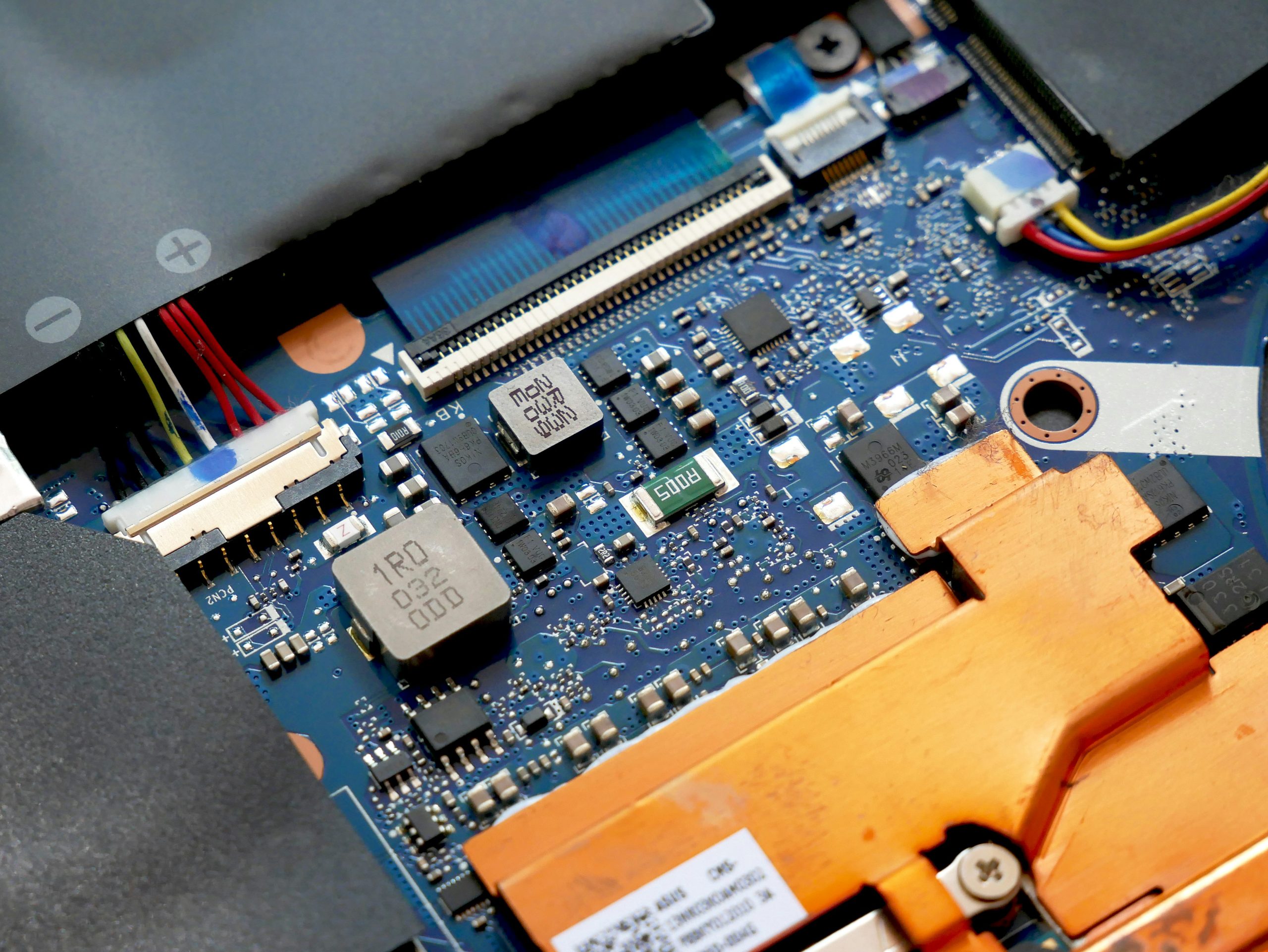How the US plans to close the talent gap

The semiconductor industry, which is a cornerstone of modern technology and economic prosperity, has been dealing with a serious labour shortage for some time. The skills shortage appears to be worsening, with more than one million additional skilled workers required by 2030 to meet demand in the semiconductor industry, according to Deloitte. This pervasive issue extends beyond the US, affecting key players worldwide and threatening to impede the sector’s growth and innovation.
Since countries have been striving to expand their semiconductor capabilities to meet escalating global demand, particularly since the pandemic, a skilled worker shortage has emerged as a critical bottleneck, undermining efforts to maintain and advance technological leadership in this vital industry. With over two million direct employees worldwide in 2021 and more than one million extra skilled professionals required by 2030, Deloitte expects that more than 100,000 hires are needed every year.
For background, there are less than 100,000 graduate students enrolling in electrical engineering and computer science in the US each year, as per Deloitte’s data. Even countries like Taiwan, South Korea, China, Japan, and Europe are facing challenges in finding enough qualified workers to meet the demands of their rapidly expanding semiconductor sectors. For instance, Taiwan had a shortfall of over 30,000 semiconductor workers in late 2021, and South Korea is projected to face a similar shortfall over the next decade.
China’s shortfall is even more severe, with estimates suggesting a need for over 300,000 additional workers, even before the current chip growth and supply chain problems. This shortage is attributed to several factors. Many nations have seen their semiconductor manufacturing expertise erode over the years as production moved offshore.
In the US, for example, the industry accounts for only about 12% of global chip production, with most of the advanced manufacturing know-how residing in Asia. The lack of awareness about semiconductor careers among potential recruits also contributes to the talent gap, making it difficult to attract new workers to the field. To top it off, the competition for semiconductor talent has also been showing signs of getting even tighter.
CHIPS Act and workforce development
In response to this growing issue, the US has introduced measures under the CHIPS and Science Act, aimed at boosting the domestic semiconductor industry and addressing the labour shortage. The Act allocates substantial funding towards the development of the semiconductor workforce, focusing particularly on technician roles and jobs that do not require a bachelor’s degree. This is significant because about 60% of new semiconductor positions fall into these categories, according to McKinsey’s report.
The CHIPS Act, passed in 2022, promotes various initiatives to build a robust talent pipeline. However, according to a recent report by Bloomberg, the US government is intensifying its efforts to address the semiconductor labor shortage through new initiatives, under the CHIPS Act, highlighting a significant expansion of educational and training programs aimed at developing a skilled workforce tailored to the industry.
“The program, described as a workforce partner alliance, will use some of the $5 billion in federal funding set aside for a new National Semiconductor Technology Center. The NSTC plans to award grants to as many as 10 workforce development projects with budgets of $500,000 to $2 million,” Bloomberg noted.
The NSTC will also be launching additional application processes in the coming months, and officials will determine the total level of spending once all the proposals have been considered. All of the finance comes from the 2022 Chips and Science Act, the landmark law that set aside $39 billion in grants to boost US chipmaking, plus $11 billion for semiconductor research and development, including the NSTC
Labour shortage: A long-term problem
Even with all these efforts, the semiconductor industry is likely to continue facing labour shortages in the long-term. The report from McKinsey highlights that even with substantial investments in education and training, the sector will struggle to find enough skilled workers to meet its needs.
This is compounded by issues such as lack of career advancement opportunities, workplace inflexibility, and insufficient support, which drive many employees to leave the industry, according to various analyses. Moreover, the competition for semiconductor talent is intensifying globally. Companies like Taiwan’s TSMC are recruiting experienced semiconductor workers from the US, India, Canada, Japan, and Europe.
This global competition underscores the urgent need for collaborative initiatives to attract and retain skilled workers in the semiconductor industry. After all, the labor shortage in the semiconductor industry is a complex challenge that requires multifaceted solutions.
(Photo by Vishnu Mohanan)
See also: US clamps down on China-bound investments
Want to learn more about AI and big data from industry leaders? Check out AI & Big Data Expo taking place in Amsterdam, California, and London. The comprehensive event is co-located with other leading events including BlockX, Digital Transformation Week, and Cyber Security & Cloud Expo.
Explore other upcoming enterprise technology events and webinars powered by TechForge here.

